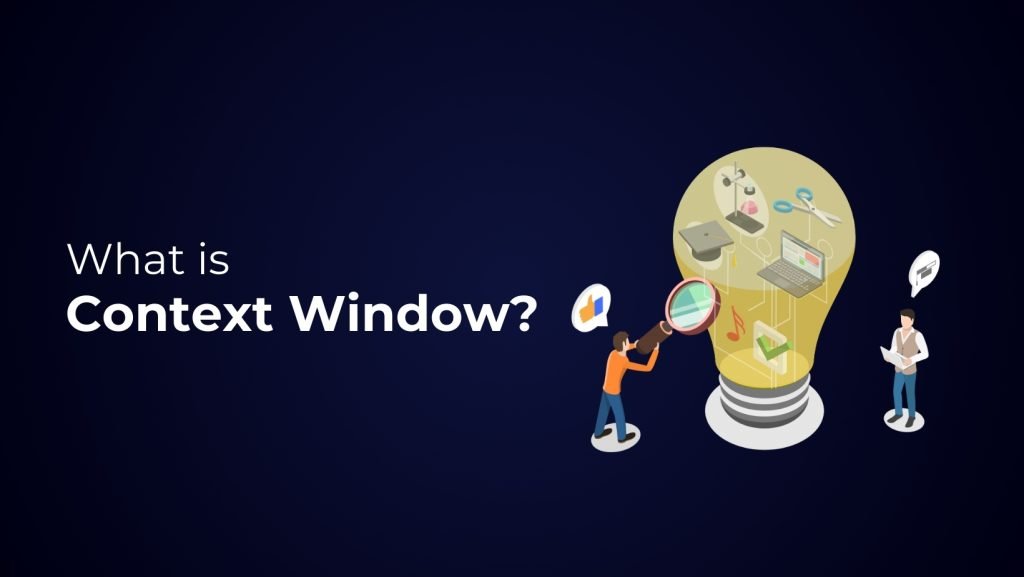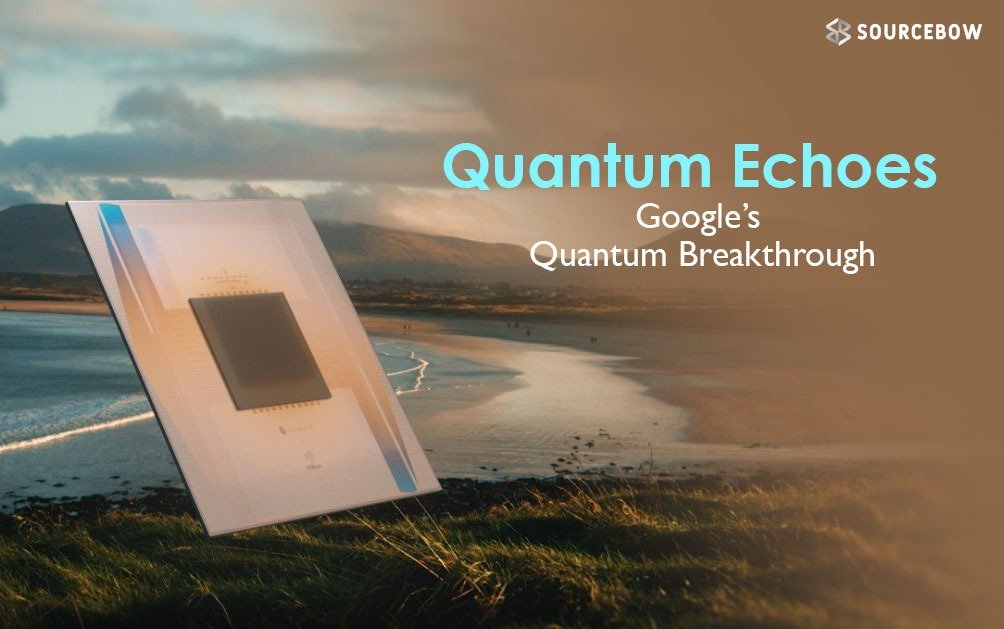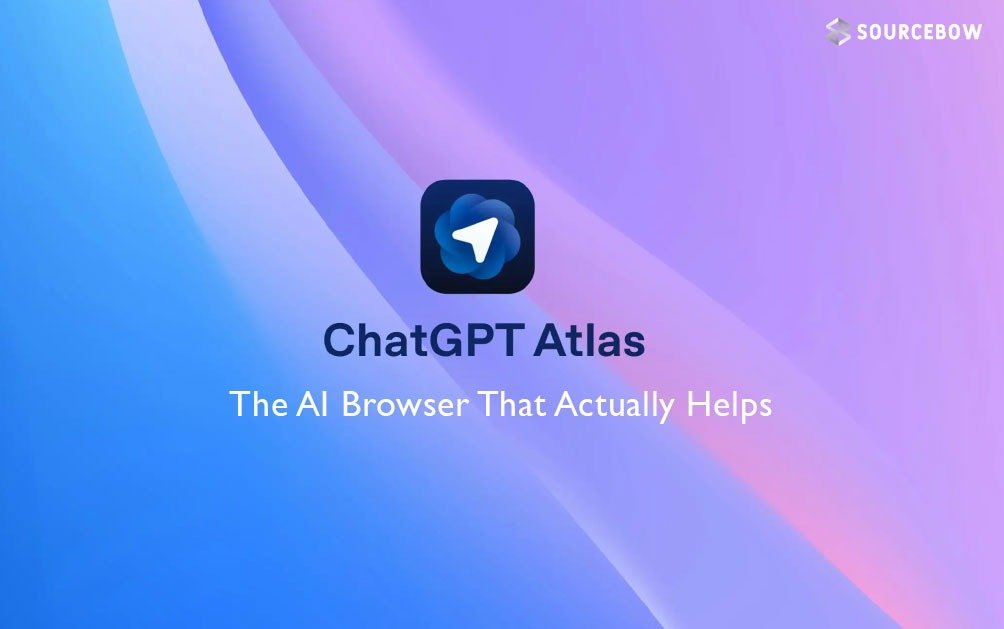Ever noticed how sometimes an AI chatbot forgets what was said earlier in a conversation? That’s not a bug. It’s just bumping into something called a context window.
This simple but powerful idea is at the heart of how large language models (LLMs) work. And once it clicks, you’ll understand a lot more about why AI responses are sometimes amazing and sometimes… totally off.
So What’s a Context Window Anyway
Think of a context window like the working memory of an AI model. It holds a chunk of the conversation, and everything the model knows about what’s going on right now comes from inside this box.
If your full chat fits inside that window, great. The model has access to all your previous messages and its own replies, so it can respond with full awareness of the back-and-forth so far.
But what if the chat gets too long?
That’s when trouble starts. Once the conversation stretches beyond the context window, the earlier messages get chopped off. The model can only “see” the part of the chat that still fits. It might try to guess what came before, but those guesses aren’t always accurate—and that’s where things like hallucinations can creep in.
So How Big Is a Context Window
Context windows aren’t measured in words or sentences. They’re measured in tokens.
Now, what’s a token? It’s basically a small unit of text. Sometimes it’s a single letter, sometimes a word, sometimes a chunk of a word. For example:
- In “Martin drove a car,” the word a is a token.
- In “Martin is amoral,” the word becomes two tokens: one for a, one for moral.
- In “Martin loves his cat,” cat is just one token, even though it has an a in it.
So a sentence of 100 words might be around 150 tokens. Different AI systems might break things up a bit differently, depending on their tokenizer. But that’s a decent rule of thumb.
Bigger Windows Sound Better Right
Sure, newer models now have massive context windows—some up to 128,000 tokens. That’s huge. It means you can have really long conversations or send in documents, code snippets, or extra instructions without worrying about things getting cut off.
But just because you can doesn’t always mean you should.
What’s Actually in the Window
It’s not just your messages and the AI’s replies. The context window might also include:
- A system prompt that shapes how the model responds
- Attached documents or data for reference
- Bits of source code
- External info for retrieval-augmented generation (RAG)
So even if the chat doesn’t feel long, a few big documents or multiple inputs can fill that window fast.
And once it’s full, older stuff gets trimmed out.
Why Big Windows Come with Problems
First up, compute. The longer the input, the more power it takes to process. And it’s not just a little more—it scales fast. Doubling the number of tokens can mean four times the processing.
Why? Because every new token gets compared to every token that came before. That’s just how self-attention (the core mechanism in these models) works.
Then there’s the performance side. Models don’t always get better with more info. In fact, a 2023 study found that LLMs tend to perform best when key details are at the start or end of the input. When the important stuff is buried in the middle, the model might just skim over it or misinterpret it.
And there’s the safety angle. A long context can be an open door for trouble. Adversarial prompts—malicious bits of text designed to trick the model—can be buried deep inside the input, making it harder for filters to catch. That’s how jailbreaking attempts sneak in.
Finding the Right Balance
So, more tokens mean more memory, but also more complexity, more risk, and more compute. It’s all a tradeoff.
Understanding how context windows work is key to making the most of AI models. Whether you’re having a casual chat or building a tool with long documents, it helps to know what the model can and can’t remember.
And next time a chatbot forgets what was said ten messages ago, well… now you know why.





